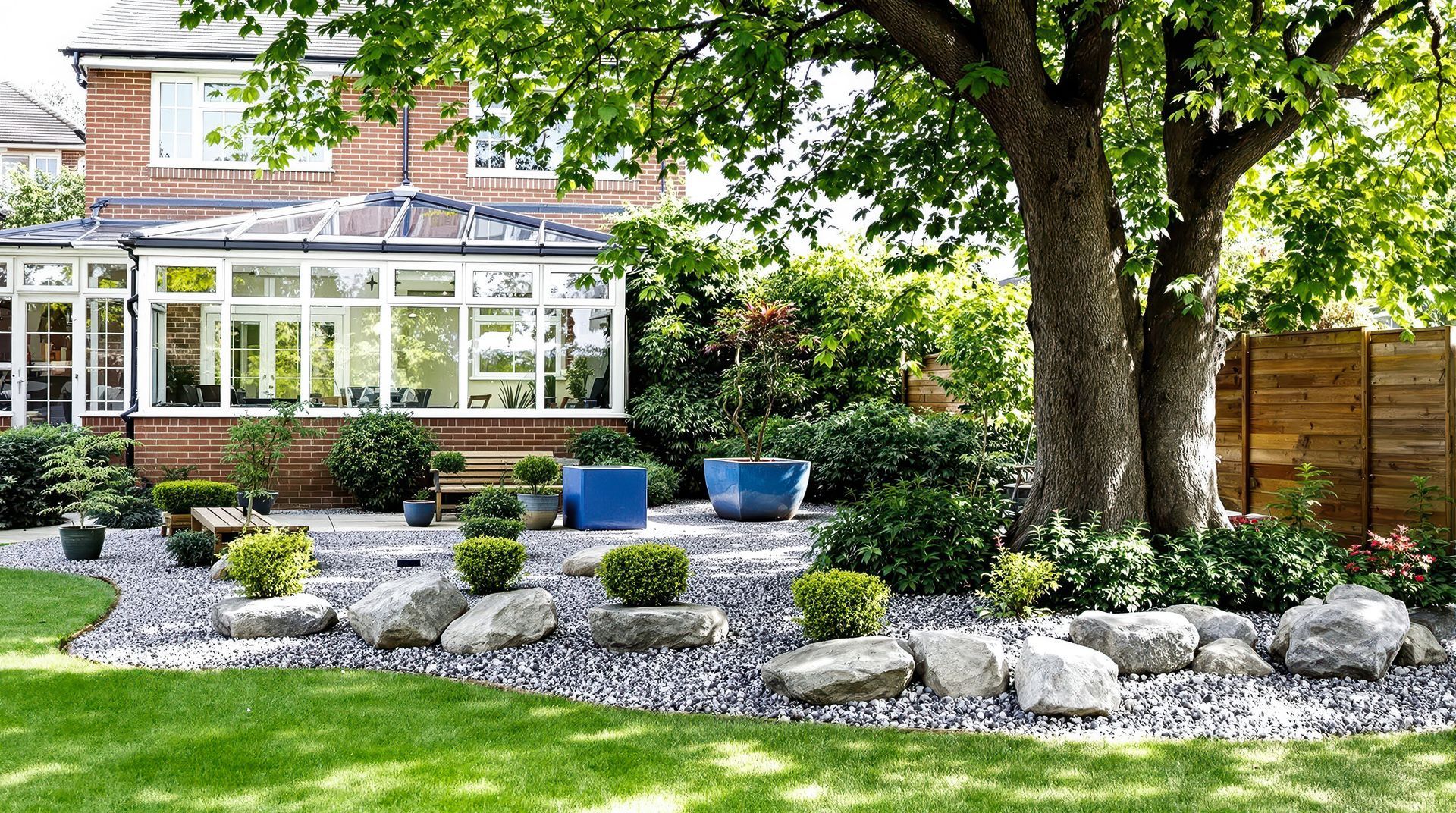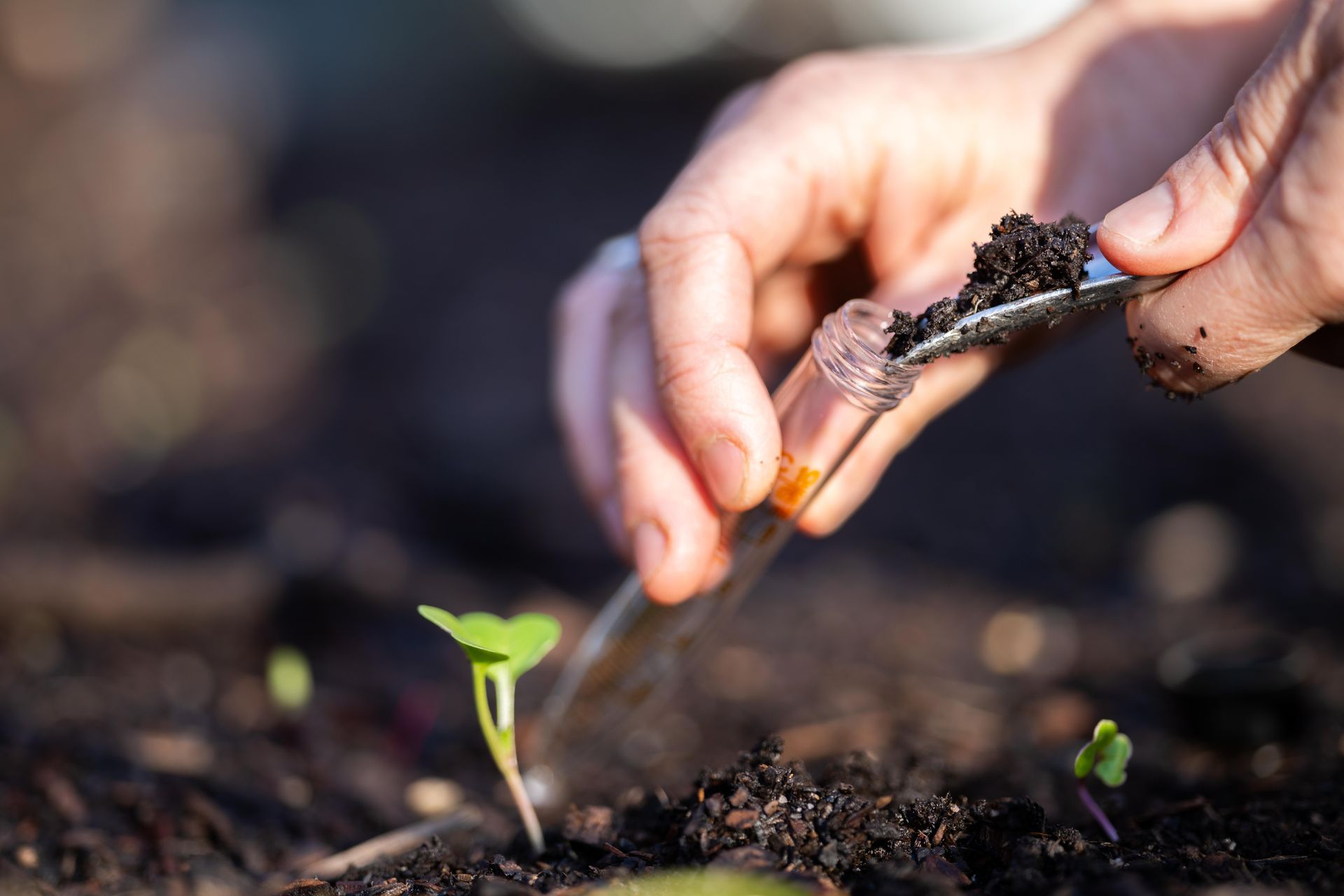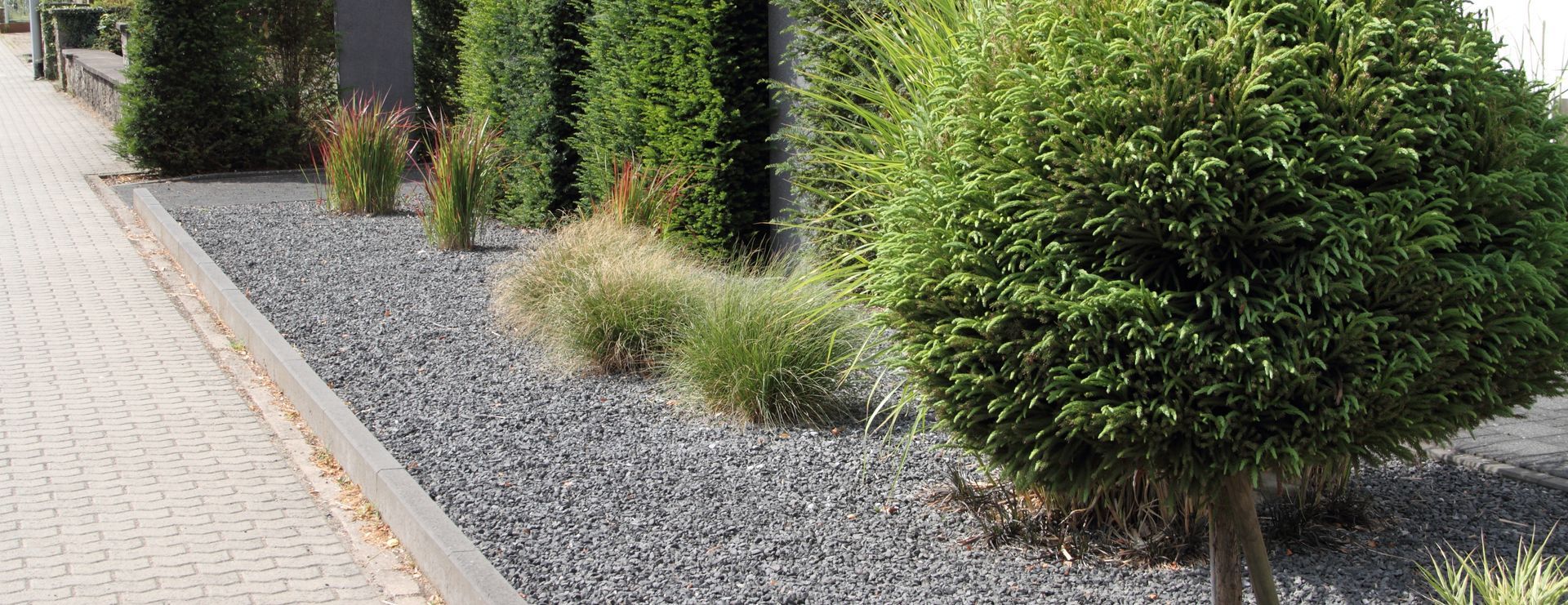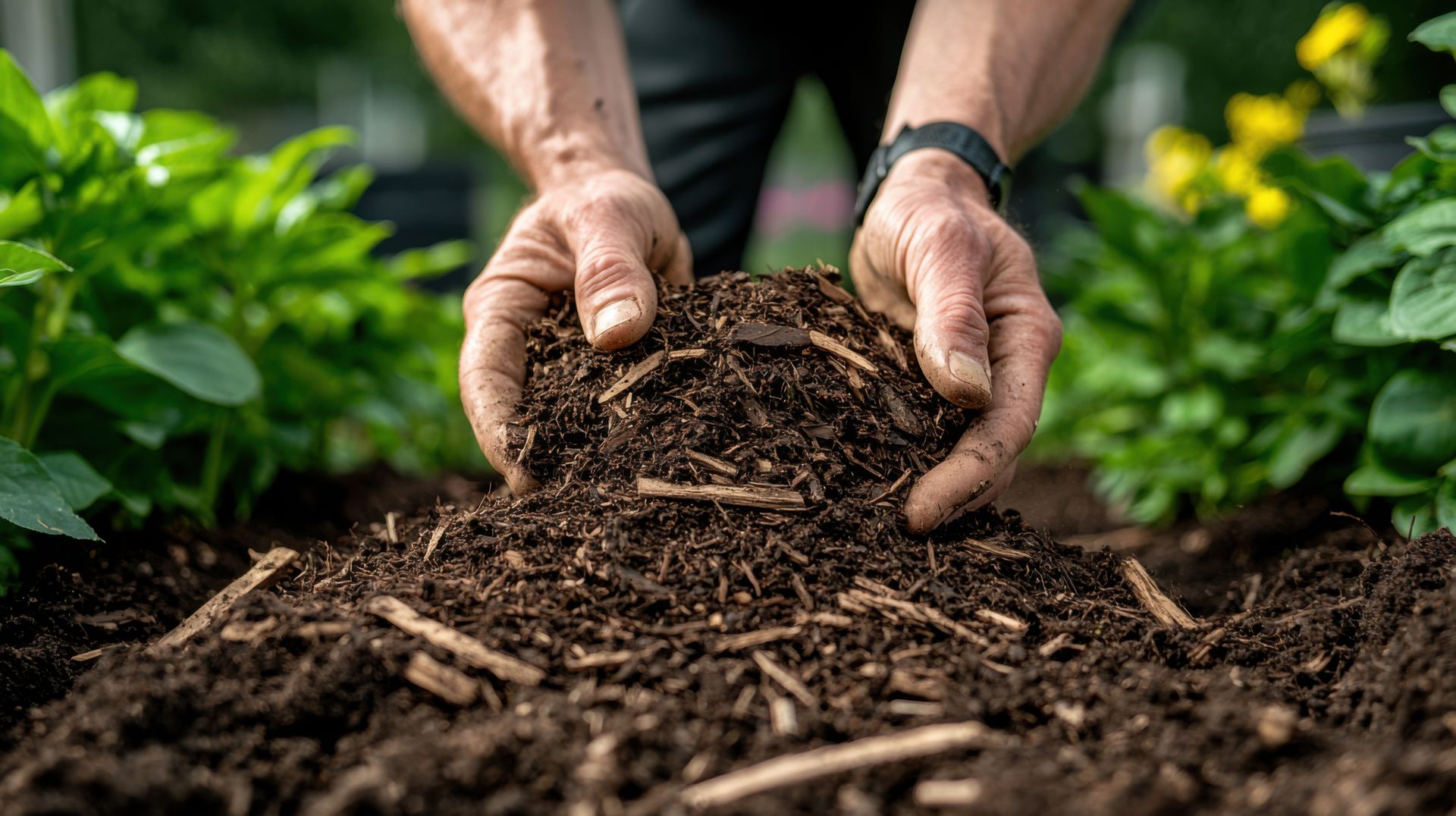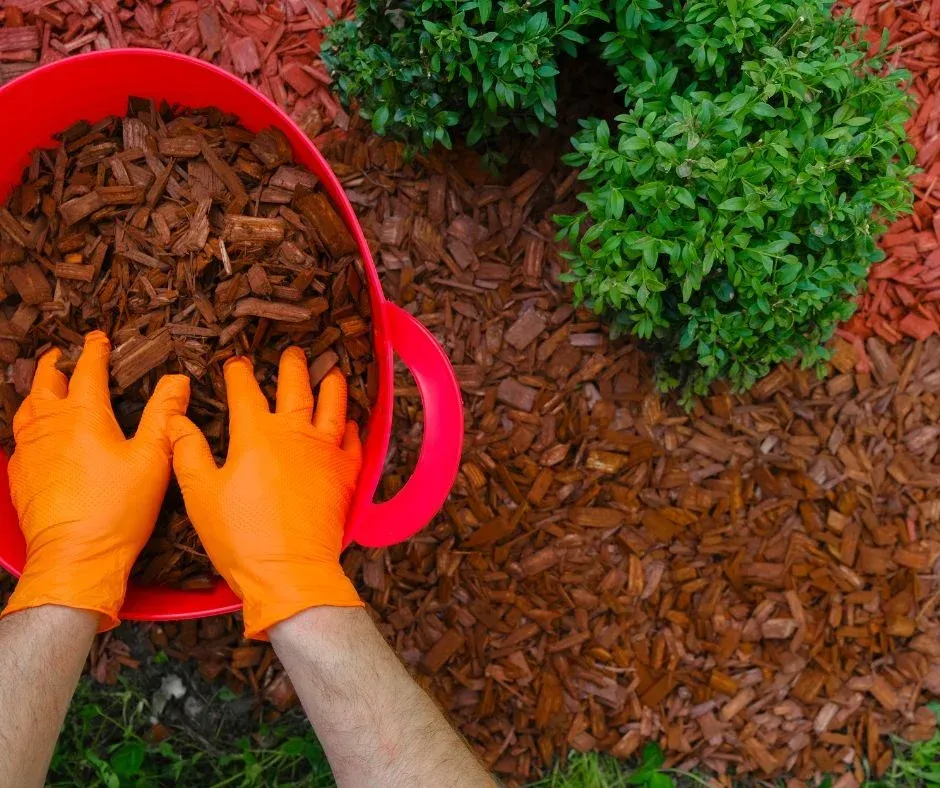Playtime and Planting: Playground Chips for Kid-Friendly Gardens
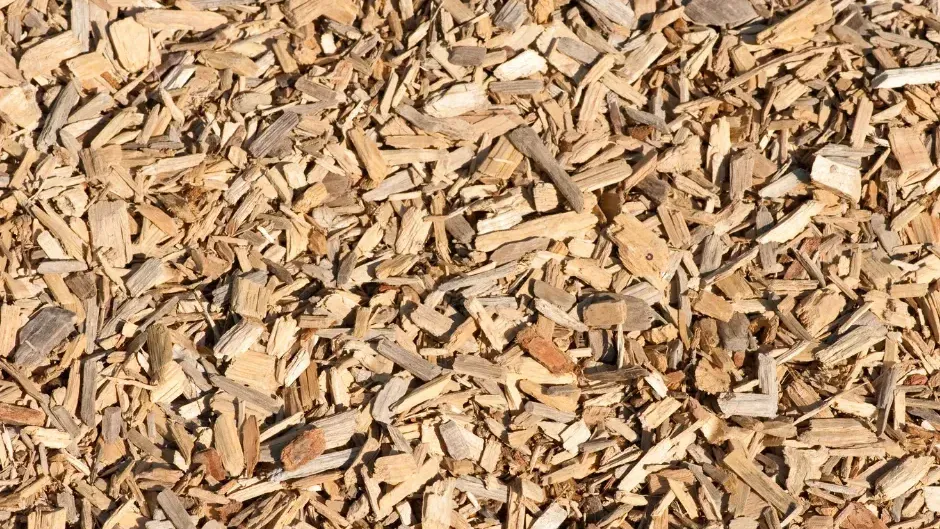
Children and gardens are a match made in heaven. The joy of playing in the great outdoors, coupled with the wonder of watching plants grow, can create unforgettable memories for kids. However, combining playtime and gardening isn't always easy. Kids need safe and fun spaces to play, while gardeners want to maintain beautiful landscapes. The solution? Playground chips are a versatile landscaping material that bridges the gap between recreation and gardening.
The Playground Chip Difference
Playground chips, also known as playground mulch or wood chips, are an excellent choice for creating kid-friendly gardens. These wood-based materials offer several advantages:
Safety First
Playtime safety is paramount, and playground chips provide a cushioned surface that minimizes the risk of injuries from falls. Whether it's a swing set, jungle gym, or just running around, this soft landing surface offers parents peace of mind.
Low Maintenance
Gardens can be demanding, but playground chips require minimal upkeep. They suppress weed growth, conserve soil moisture, and insulate plant roots from extreme temperatures. Less time spent weeding and watering means more time for family fun.
Natural Aesthetic
Playground chips blend seamlessly into garden landscapes. Their earthy tones complement the surrounding plants, creating a harmonious and inviting atmosphere. Plus, their texture invites exploration, making the garden an engaging space for kids.
Sustainability
Wood chips are typically sourced from sustainable forestry practices, making them an eco-friendly choice. They decompose over time, enriching the soil with organic matter. As a bonus, they deter pests, making your garden a healthier place for plants and people alike.
Sustainability
Wood chips are typically sourced from sustainable forestry practices, making them an eco-friendly choice. They decompose over time, enriching the soil with organic matter. As a bonus, they deter pests, making your garden a healthier place for plants and people alike.
Creating a Kid-Friendly Garden with Playground Chips
Now that you know the benefits of using playground chips, let's explore how to integrate them into your garden:
Play Zones
Designate specific areas for play within your garden. This could be under a tree, at the base of a climbing structure, or even as a pathway between garden beds. Lay down a generous layer of playground chips to create a soft and safe play surface.
Edging
Use playground chips to create garden bed borders. Not only does this define your planting areas, but it also adds a neat appearance to your garden. The contrast between the chips and the greenery will make your plants pop.
Mulching
Spread a layer of playground chips around the base of your plants. This acts as a protective mulch, reducing competition from weeds, conserving soil moisture, and regulating soil temperature. Your plants will thank you with healthy growth.
Sensory Garden
Encourage sensory exploration by incorporating different textures in your garden. Create a "touch and feel" area with various types of wood chips, rocks, and plants with unique textures. This engages children's senses and enhances their connection with nature.
Learning Opportunities
Use your garden as an outdoor classroom. Involve children in planting, watering, and caring for the garden. Teach them about the life cycle of plants, the importance of pollinators, and the wonders of nature. Hands-on learning fosters a love for gardening and the environment.
Wrapping Up
Playtime and planting can coexist harmoniously in your garden with the help of playground chips. These versatile materials enhance safety, reduce maintenance, and add natural beauty to your outdoor space. By incorporating playground chips into your landscaping, you're creating a kid-friendly garden that will inspire a lifelong love of nature and gardening in your children. So, get ready to watch your little ones bloom along with your garden!
North County Supply is the only shop you'll need for all of your landscape material needs!
We carry a wide variety of materials including mulch, playground chips, soil, and more!
Our knowledgeable staff is always happy to help you find what you need and answer any questions you may have.
Call us at 760-744-3444
North County Supply's Service Locations: San Diego, Escondido, San Marcos, Vista, Oceanside, Carlsbad, Chula Vista, El Cajon, Poway, Santee, Encinitas, Valley Center, La Mesa, Temecula, Murrieta, Coronado, Del Mar, Alpine, Lakeside, Fallbrook, Daley Ranch, Hidden Meadows, Menifee, Solana Beach, Carmel Valley, Ramona, Torrey Pines, Rancho Penasquitos.
